W Beams (Wide Flange Beams)
उत्पाद विवरण:
- कोटिंग का प्रकार Hot-rolled, galvanized, or as specified by customer
- प्रोडक्ट का नाम
- स्टील का प्रकार
- ग्रेड MS
- मोटाई मिलीमीटर (mm)
- शेप
- सतह Polished
- अधिक देखने के लिए क्लिक करें
मूल्य और मात्रा
- 50
उत्पाद की विशेषताएं
- Polished
- Stainless steel
- Hot-rolled, galvanized, or as specified by customer
- मिलीमीटर (mm)
- Gray
- MS
व्यापार सूचना
- Standard, As per requirement,
- We are certified under the ISO 9001:2015 standard, with authorized distributor of Memorandum of Understanding (MoU) customer of the Steel Authority of India Ltd. (SAIL).
उत्पाद वर्णन
-
W beams, sometimes referred to as wide flange beams, arestructural steel elements distinguished by their parallel, broad flanges. Theyare perfect for load-bearing applications in engineering and construction becauseof their remarkable strength. Because of its versatility, W beams arefrequently utilized in commercial, industrial, and residential buildings.
Important Features
Wide Flange Design: Excellent load distribution andstructural support are offered by broad, parallel flanges.
High Strength-to-Weight Ratio: Made to support large loadswith little weight.
Versatility: Adaptable to both vertical and horizontalsupport, among other uses.
Conformity with Standards: Made in compliance with ASTMA992, ASTM A36, EN 10025, and IS 2062 standards.
Applications
Bridges, industrial complexes, and multi-story buildings alluse them as their main support structures.
Infrastructure Projects: Often used in large-scaleinfrastructure developments, railroads, and roadways.
Machinery Support: Offers industrial machinery and equipmenta solid foundation.
Power Plants and Energy Projects: Both conventional powerplants and renewable energy systems depend on them.
Heavy-Duty Platforms: Frequently utilized in theconstruction of mezzanines and heavy-duty platforms.
Advantages
Superior Stability and Strength: Made to support large loadsand maintain structural integrity.
Effective Load Distribution: Wide flanges improve stabilityand lessen the concentration of stress.
Versatile Use: Suitable for diagonal bracing, verticalcolumns, and horizontal beams.
Durability: Able to withstand deterioration under stress,wear, and corrosion (galvanized alternatives).
Cost-effective: A well-designed product uses less materialwithout compromising strength.

Price: Â
- 50
- 100
- 200
- 250
- 500
- 1000+

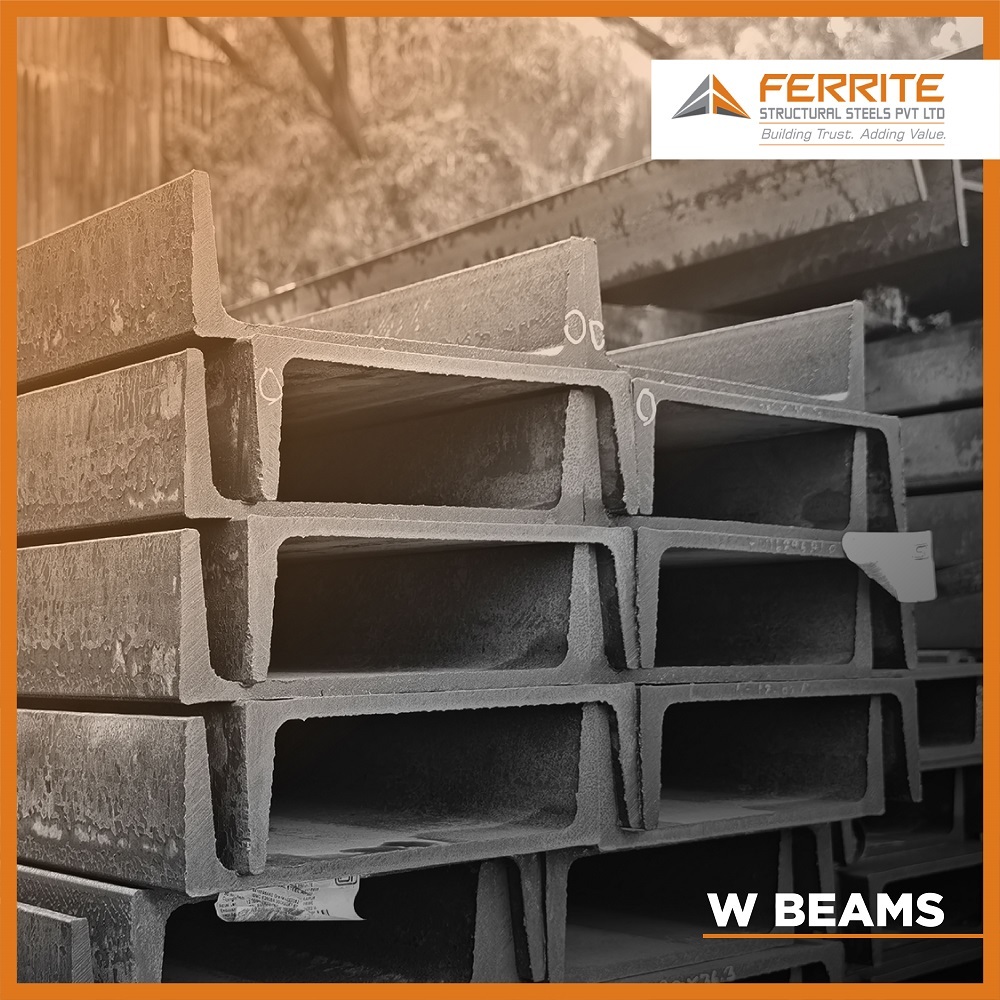
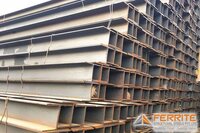

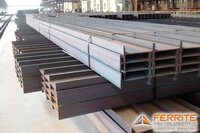
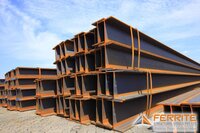





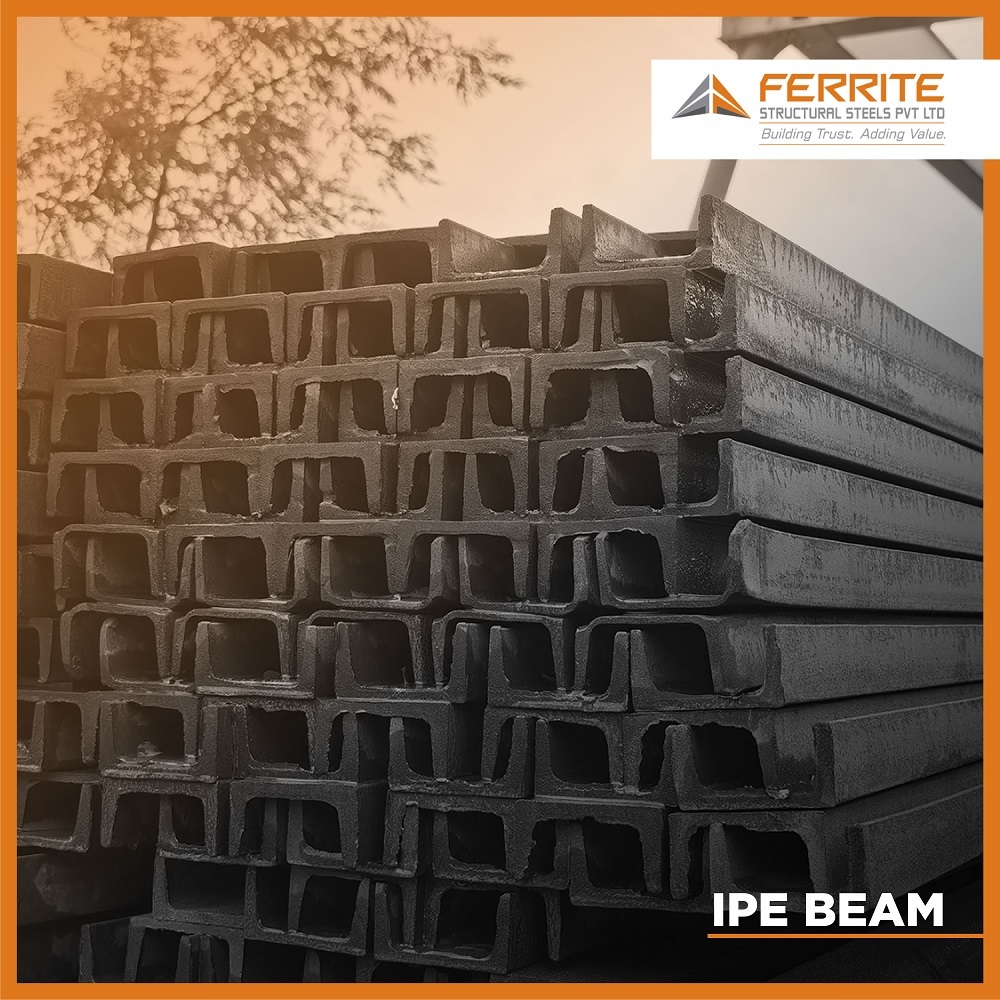
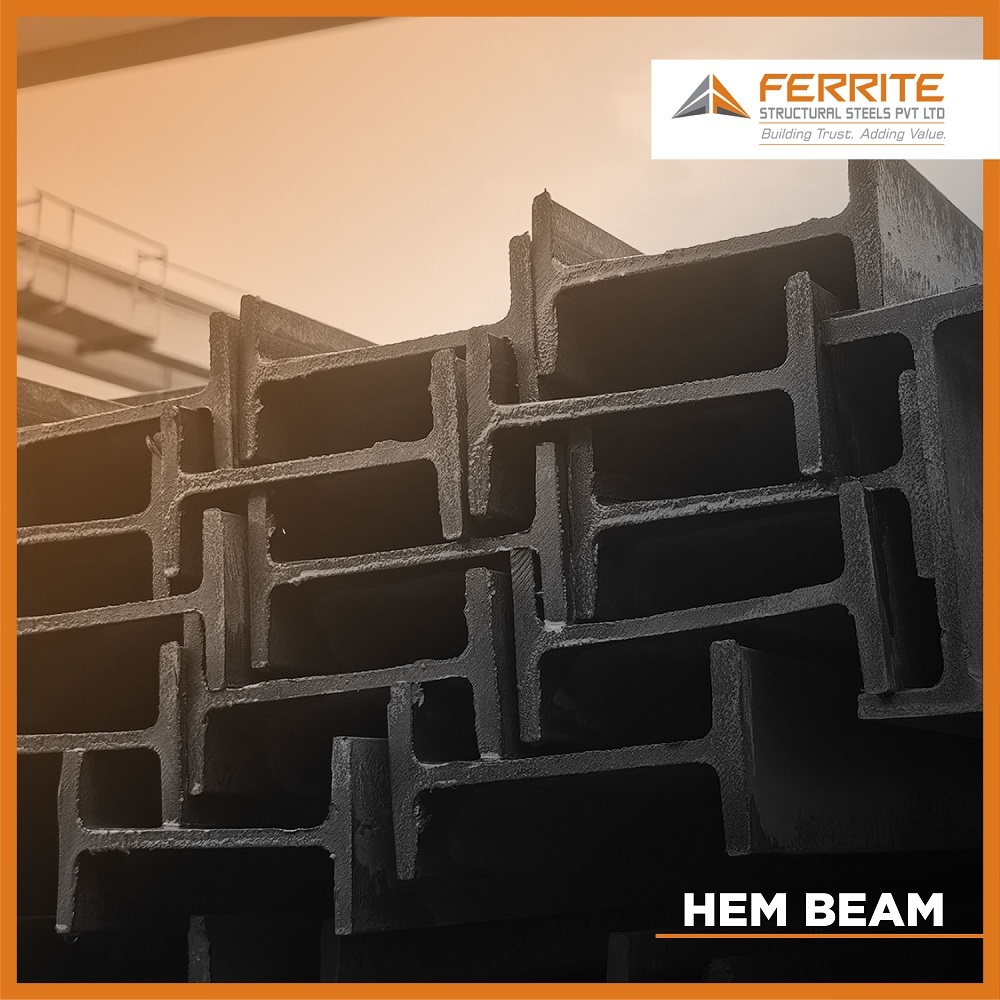
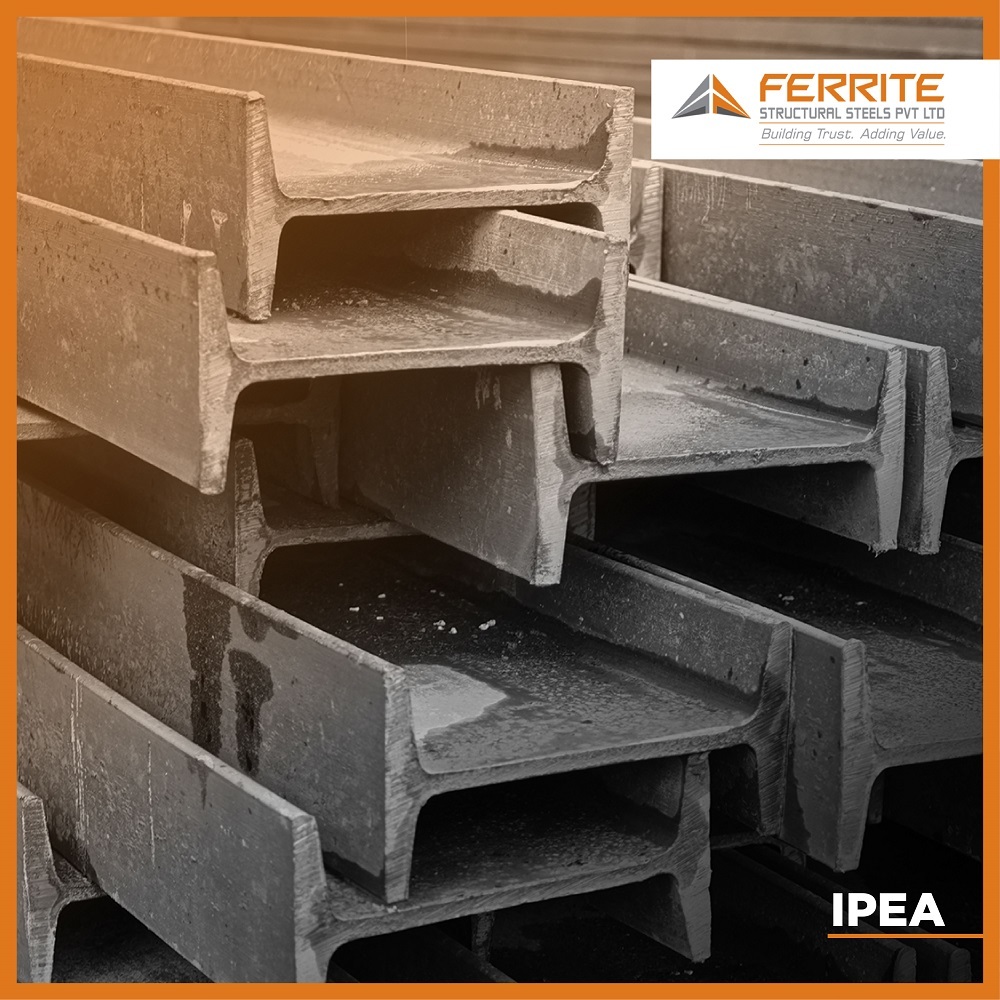
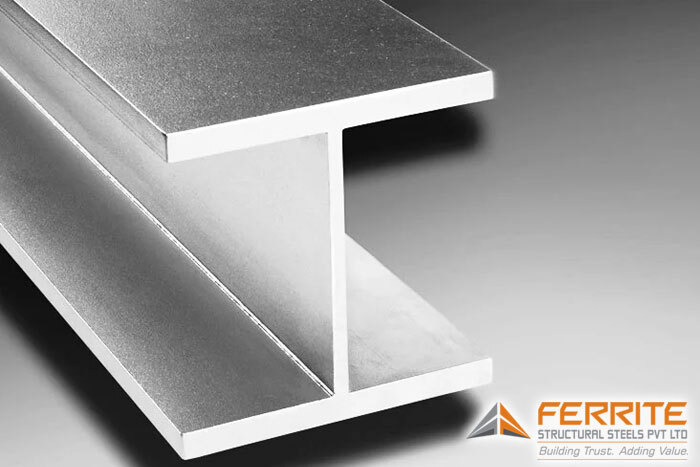
 जांच भेजें
जांच भेजें एसएमएस भेजें
एसएमएस भेजें
